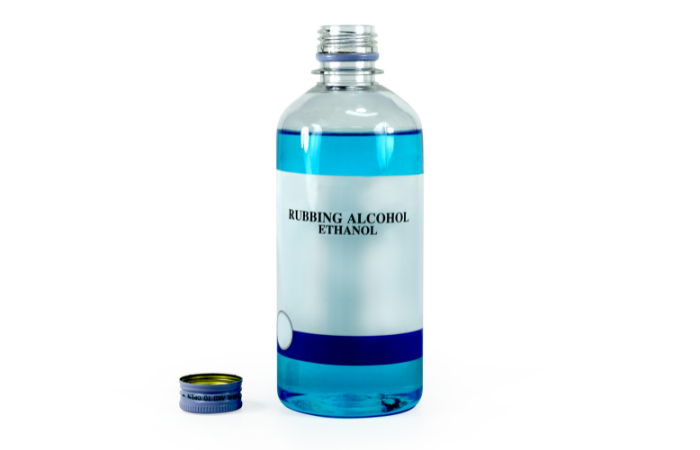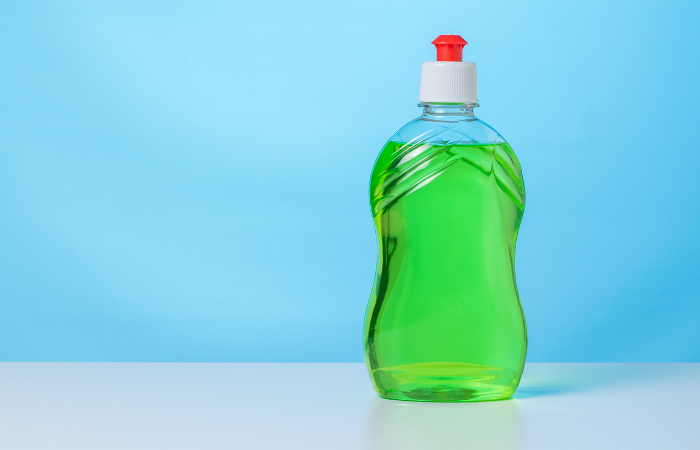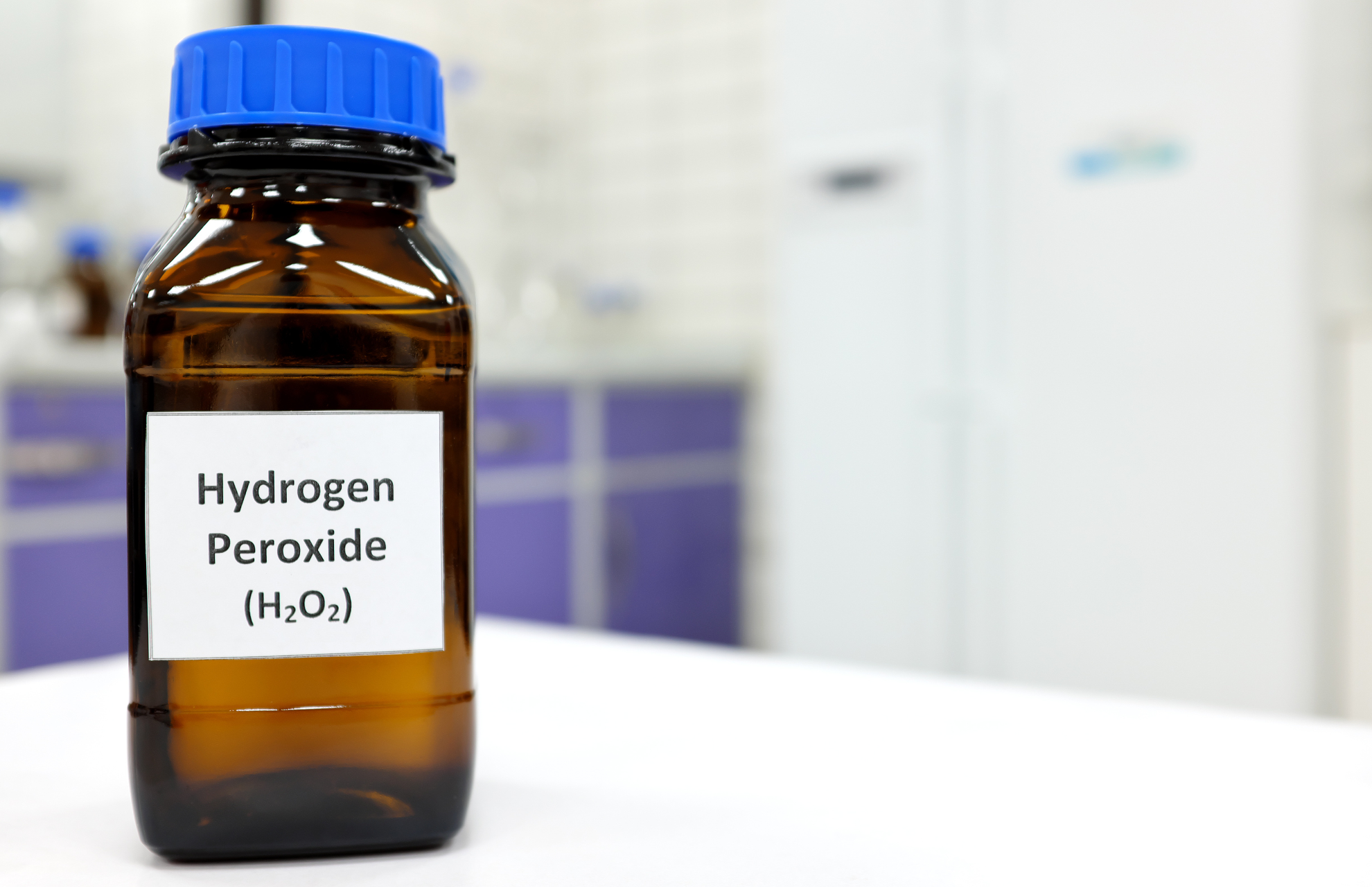Step into any modern home and chances are, it has a marble floor. A gorgeous stone that has been used in flooring for centuries, marble elevates the aesthetics of your home immediately. In fact, its natural veining and unique patterns make your floor look like a work of art.
While marble adds an air of sophistication to any room, it requires special care when cleaning. Its soft and porous nature makes it susceptible to scratches, stains and damage. Thus, it’s important to know how to clean your marble floor safely and effectively.
Read on for step-by-step instructions for cleaning, methods for stain removal and the things to avoid when cleaning your marble floor. We’ll also share some tips for maintaining the beauty of your marble surface!
Table of Contents
How To Clean Marble Floors
Marble floors are a stunning addition to any home. To keep them looking their best, regular cleaning and stain removal are essential. Follow the simple steps below to clean your marble floor thoroughly.
What you need:
- Broom and dustpan/dust mop
- Mop and pail
- Water
- Floor cleaner
- Microfibre cloth
Step 1: Sweep the floor
Before you mop the floor, sweep up all the dirt and debris with your broom and dustpan. Otherwise, the loose debris will be trapped in your damp mop, and you’ll be cleaning your floor with a dirty mop.
Consider using brooms with soft, flared ends, as they have better reach and are less likely to scratch your marble floor. Alternatively, you can use a dry dust mop to capture loose dust and debris.
Step 2: Mop the floor with water
After sweeping, mop the floor with warm distilled water, rather than tap water. As distilled water consists of less calcium and mineral deposits, it’s less likely to leave any residue after mopping. Moreover, warm water is more effective in killing germs and removing dirt.
Step 3: Mop the floor with a cleaning solution
Once you’ve done the basic mopping, prepare to mop the floor with a cleaning solution. In a bucket, mix a pH-neutral, gentle floor cleaner with warm water according to the ratio on the label. Make sure to use a solution that’s appropriate for marble floors.
To prevent scratches, choose a soft, microfibre mop. Dip it into the cleaning solution and be sure to wring well. Avoid having excess water on the floor as it could pose a slip risk and cause water damage.
For thorough cleaning, work in small areas at a time. After you’ve mopped each area, rinse the mop in the cleaning solution to remove the dirt.
Consisting of strong antibacterial agents, Selleys Floor Cleaner is the top choice for cleaning floors and removing stubborn stains. Its fast-drying formula allows the floor to dry quickly, ensuring that no watermarks or sticky residue are left on the surface.
As a gentle, non-abrasive solution suitable for all types of flooring, Selleys Floor Cleaner is perfect for cleaning marble floors. Using this pH-neutral cleaning liquid is a convenient and effective way to keep your home looking clean and smelling fresh.
Note!
Marble is a delicate and porous material that requires special care when cleaning. Thus, it’s essential to use cleaning solutions that are suitable for marble floors. They usually come with a gentle formula that won’t damage the stone.
Using the wrong cleaning solution may destroy your marble floor, leaving it dull, etched with chemical burns, or discoloured. Therefore, choosing the right floor cleaner liquid for your marble floor is key to protecting its natural beauty and ensuring its durability.
Step 4: Leave the floor to dry
Once you’re done mopping, leave the floor to air dry. If you notice that some spots are particularly wet, use a dry microfibre cloth to absorb the excess water.
Keep the windows open to allow for proper ventilation and quicker drying, and consider turning on the fan to speed up the drying process.
How To Remove Stains From Marble Floors
Marble floors are beautiful and luxurious, but they can be susceptible to staining. The good news is that most stains on marble can be removed with the right technique and cleaning products.
Here are some methods you can use to remove the different types of stains from your marble floor:
Method 1: Tennis balls
Targets: Scuff marks
Scuff marks can appear on marble floors due to abrasion caused by hard or sharp objects such as furniture with metal legs. These marks can be unsightly and difficult to remove with regular cleaning methods.
Tennis balls can be used to remove scuff marks on marble floors without damaging the surface. Thanks to its felt-like texture, it can help to buff away the marks without leaving scratches.
Simply rub a dry tennis ball gently over the affected area in a circular motion, focusing on the scuff mark. As you rub, the tennis ball should help to lift and buff away the scuff mark. This will leave your marble floor looking clean and shiny.
Method 2: Rubbing alcohol
Targets: Ink stains
Whether it’s due to accidental ink spillage or children making the floor their drawing board, it’s important to remove ink stains promptly. Otherwise, the longer you wait, the more difficult it’ll be to remove the stain.
One of the quickest ways to remove ink stains on marble floors is to use rubbing alcohol. Rubbing alcohol is an effective stain remover as it can dissolve the bonds that hold the stain together. These ink pigments can then be lifted from the surface with a simple wipe-down.
Directions:
- Soak a microfibre cloth in rubbing alcohol and leave it over the stain for a few minutes.
- Make sure you don’t leave the alcohol on for too long, or it may damage the marble.
- Blot and wipe away the ink.
- Repeat the steps until the ink is completely removed.
- Use plain water to clean the affected area and wipe it dry.
Method 3: Dishwashing liquid
Targets: Oil stains
Accidentally spilling oil or dropping fried food on the floor can lead to oil stains on your gorgeous marble floor. To prevent the oil from penetrating into the surface, it’s essential to clean the area as quickly as possible.
However, if you notice that a stain is already forming, fret not! All you need is some dishwashing liquid to remove the stain.
Often used as a degreaser, dishwashing liquid is designed to break down oil and grease on dishes. Hence, it can also do the same for your marble floor.
Directions:
- Blot away as much oil as possible using a microfibre cloth.
- Next, add a few drops of dishwashing liquid to a pail of warm water and use the mixture to clean the surface.
- For stubborn, oily stains, spread a thick layer of cornstarch over it and leave it on for at least 4 hours.
- Once the oil is absorbed by the cornstarch, wipe it off with a microfibre cloth.
- Repeat the steps until the stain is removed.
Method 4: Hydrogen peroxide
Targets: Organic material
Stains that result from organic materials such as food and beverages, bodily fluids and mould can be tricky to remove.
As a natural oxidiser, hydrogen peroxide is the ideal choice for cleaning such stains. It can break down the organic matter and remove stains without the need for any harsh chemicals. Hydrogen peroxide also has strong antibacterial and antiviral properties, effectively lowering the chances of viral infections at home.
Directions:
- Dip a microfibre cloth into 12% hydrogen peroxide.
- Place it on the stain for 10 – 15 minutes.
- Use a clean cloth to blot the stain, working from the outside in. This prevents the stain from spreading.
- Once the stain is gone, clean the area with plain water to remove any residual hydrogen peroxide.
- Wipe the surface dry with a clean towel.
- If the stain remains, repeat the steps above and leave the cloth on the stain for up to 30 minutes instead.
What To Avoid When Cleaning Marble Flooring
As beautiful as marble flooring can be, it’s a soft and porous material that requires special care while cleaning. Here are some things to avoid to prevent damaging the delicate marble surface.
Avoid using acidic floor cleaners
Marble is a calcite-based stone that’s sensitive to acidic substances. Acidic cleaners, such as vinegar, lemon juice or ammonia, can etch and damage the surface of your marble floor.
Stains left by acidic substances like tomato sauce and orange juice can also erode the stone and leave irreversible spots. Therefore, it’s best to use pH-neutral cleaning products when cleaning marble flooring.
Avoid using abrasive cleaners and tools
Marble is a relatively soft stone that scratches easily. Therefore, using abrasive cleaners and tools can damage the surface of the floor and leave unsightly marks that are difficult to remove. Some of the cleaning agents and tools to avoid include scouring powders, metal scrubs and brushes with hard bristles, as well as vacuum cleaners.
Scouring powders often contain abrasive particles like baking soda or silica that are designed to remove tough stains and grime. These abrasive particles can scratch the surface of the marble flooring when used with a scrub brush or cleaning cloth.
Metal scrubs, especially when used with excessive pressure, can also easily scratch marble surfaces. As for vacuum cleaners, their hard wheels or tough beater bar may cause friction and abrasions on the marble floor.
To avoid damaging your marble floor, we recommend using soft cleaning tools that are gentle on the marble surface. Examples include microfibre cloths or mops, soft-bristled brushes and non-abrasive pads or sponges for polishing. If you’re unsure, test them on a small, inconspicuous area of the marble flooring first.
Tips For Maintaining Marble Floors
Marble may seem soft and delicate, but it’s a durable material that can last for decades if maintained properly. Here are some essential tips on how to maintain your marble floor.
Clean up spills immediately
Marble absorbs liquids like oil and lotion easily. This can quickly lead to staining and discolouration, especially when they reach the crevices of the marble flooring. Thus, it’s important to clean up the spills as soon as they occur.
Ensure the marble is sealed
To protect your porous marble floor from future stains and damage, it’s a good idea to seal it periodically. A good sealer can even protect your marble floor from etching when in contact with acidic substances.
Apply a marble sealer and make sure to cover the entire surface of your floor. Allow the sealer to dry completely before walking on the floor.
Note!
While a sealer can prevent the stain from seeping into the marble surface, it cannot prevent stains from forming. You’ll still need to clean up the stains quickly to avoid irreversible damage.
Clean the floor regularly
Over time, an accumulation of dirt, dust, and debris can scratch the surface of the marble. To prevent this, sweep the floor at least once a week to remove any loose dirt or debris.
Note!
Sweeping the floor more than once a week is fine, but you should avoid mopping the floor too frequently. Excess moisture can lead to water damage such as water stains and etching.
Add covers to the legs of your furniture
One of the most common causes of scratches on marble flooring is furniture. To prevent this, add fabric covers or rubber paddings to your furniture legs. Also, avoid dragging your furniture across the room as it’ll damage the soft flooring.
Use rugs in high-traffic areas
As you go about your day, dirt and debris may stick to the bottom of your feet. Walking around the house with these abrasive particles may then result in scratches on your marble floor.
Placing rugs in rooms with heavy footfall can help to collect any dirt and debris stuck to your feet, thus preventing scratches from occurring. Furthermore, it can also absorb any accidental spills so your floor can be kept free of stains.
FAQs About Cleaning Marble Floors
How often should I clean my marble floor?
In general, you should clean your marble floor once every 7 to 10 days. However, high-traffic areas may require more frequent cleaning. Those with children or pets are also encouraged to clean their floors more regularly.
Can I clean my marble floor with baking soda?
Yes, you can. Baking soda, also known as sodium bicarbonate, is a multi-purpose product that has many uses, including stain removal. It’s an effective natural disinfectant that doesn’t contain harsh chemicals.
However, baking soda is mildly abrasive, so you’ll need to use it with caution. Avoid using it every day or leaving it on the surface for more than a few seconds. Otherwise, it may cause damage and dull the shine of your beautiful marble floor.
Can I clean my marble floor with bleach?
No, you shouldn’t clean your marble floor with bleach. Bleach is a highly alkaline solution that can damage the surface, causing discolouration, etching and other types of damage.






